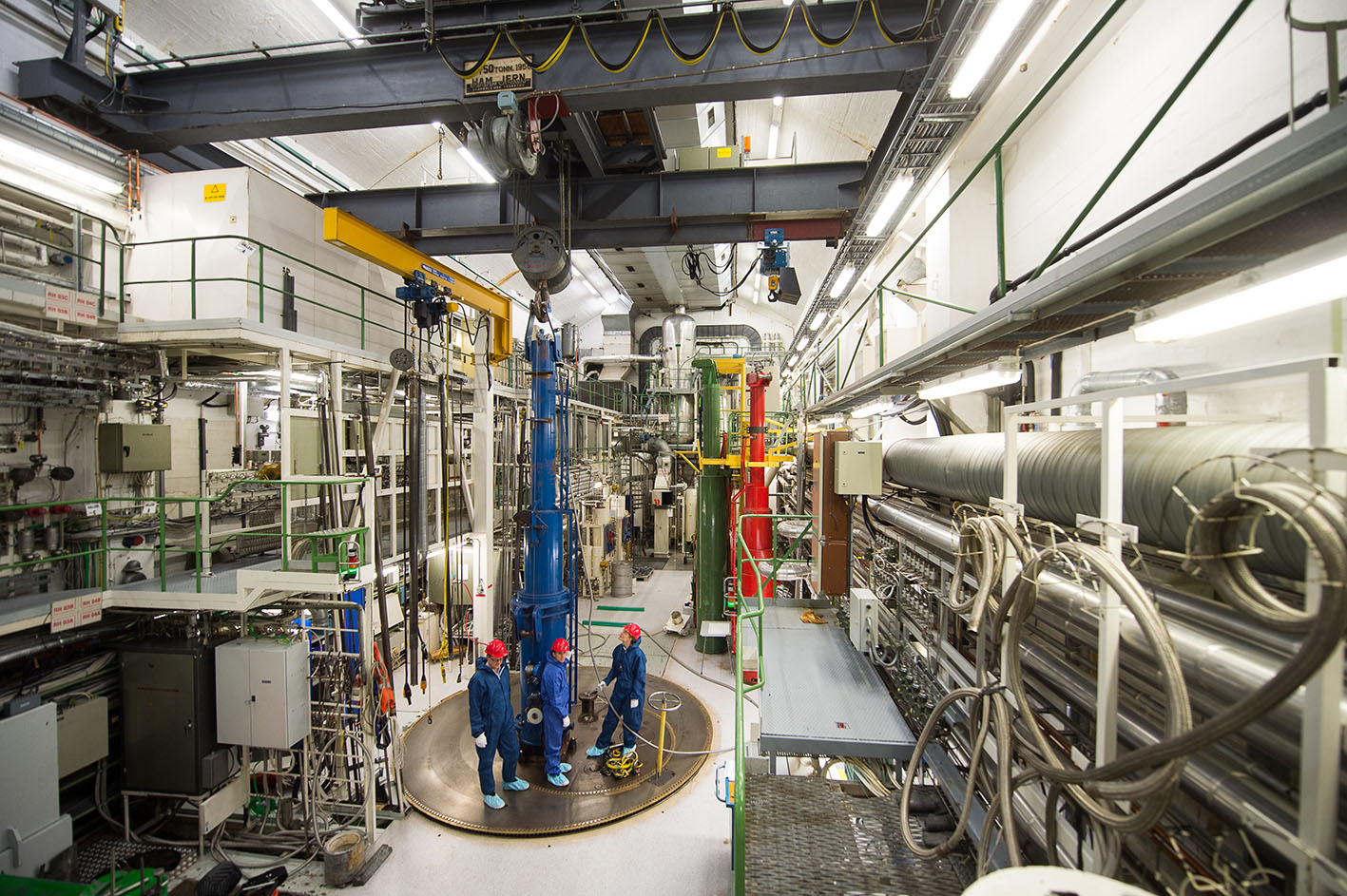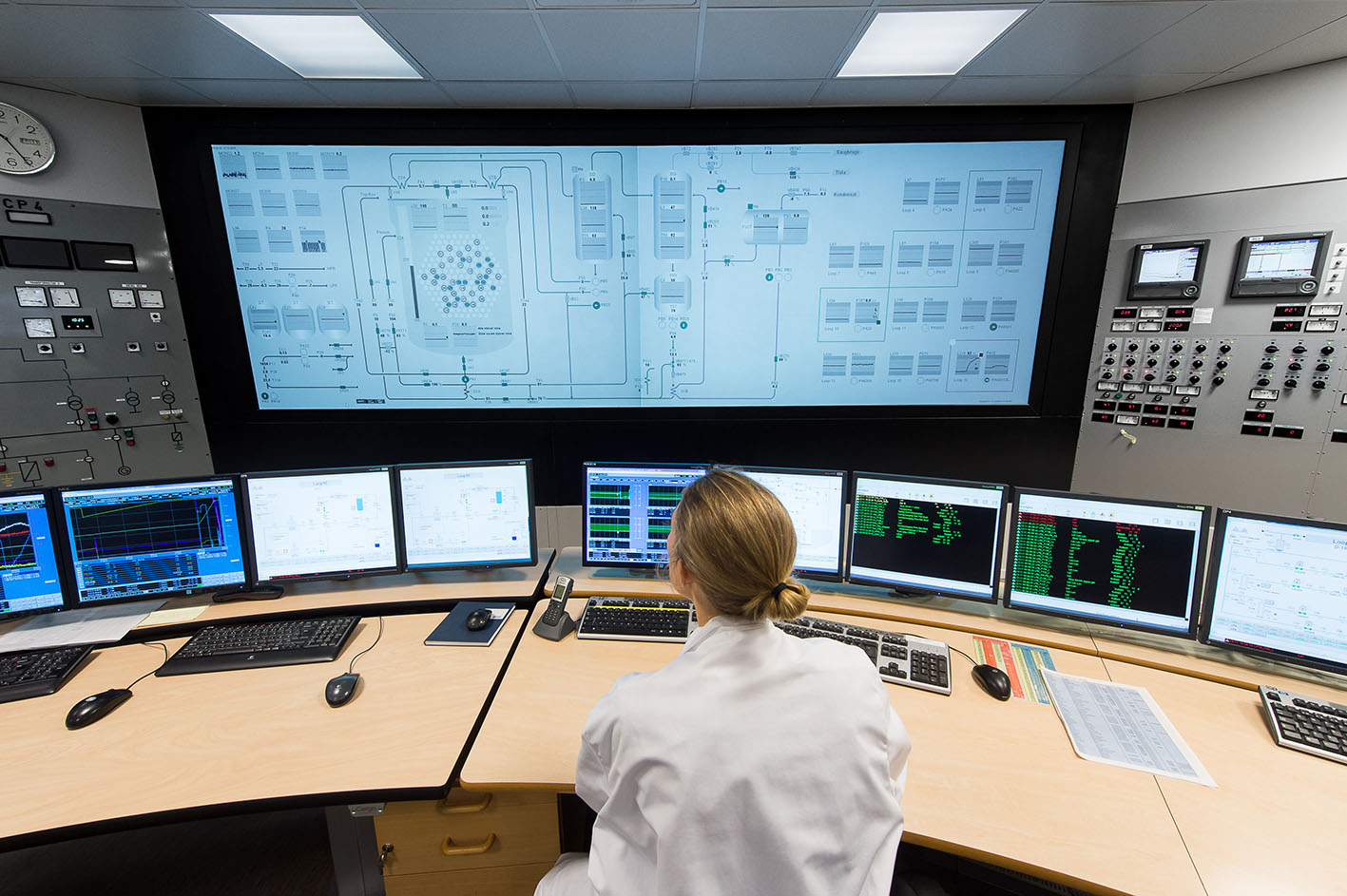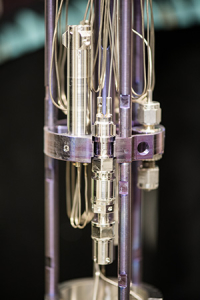The second phase of a five-year trial-operation of thorium based nuclear fuels is now under way. The consortium established* in 2011 and led by Thor Energy is undertaking a sophisticated test-irradiation campaign in order to quantify the performance of the fuel and to qualify it for commercial use. The first thorium fuel specimens were loaded into the Norwegian fuel-testing reactor operated by the Institute for Energy Technology in Halden in April 2013, and the second round, loaded right before Christmas 2015, is intended to verify test results and is a further step towards commercializing thorium as a supplement fuel in conventional nuclear reactors.
– With this second rig loaded in Halden, we have reached a major milestone and an important stepping stone towards commercial approval for thorium in existing light water reactors (LWRs),” said Øystein Asphjell, CEO of Thor Energy. – This rig represents a further step in the thorium evolution which will contribute towards the long-term sustainability of nuclear power in general and specifically for thorium as an additive and improvement to the uranium fuel cycle, Mr. Asphjell said.
This second phase of the thorium irradiation consists of 12 fuel pins in a new, fully instrumented test fuel rig. It consists of three variants of ThAdd fuel, which are uranium-based pins with small fractions of thorium, four reference pins as well as two pins with Accident Tolerant Fuel from Korea Atomic Energy Research Institute, KAERI. The irradiation will produce a great deal of unique data from a number of parameters that describes how the fuel ceramic behaves as it operates for long periods in a reactor core in various conditions. The Halden test reactor allows for continuous data collection while the fuel operates in the reactor. The data acquired are necessary to confirm that the fuel could be implemented safely and productively in a commercial reactor and will support computer modeling efforts and the planning for follow-on testing in a commercial power reactor.
Three countries, China, India and Turkey, have so far declared thorium as part of their national power policy and the OECD-NEA has recently published a paper which concludes that implementation of thorium is sensible and reasonable in the long run, and that this evolution starts with combined uranium and thorium cycles in the near term.
Thorium oxide based fuels can provide advantageous material properties such as higher thermal conductivity and higher melting point – properties that lend safety margin benefits. Thorium fuels can produce less long-lived waste and they generate no new plutonium. Furthermore, they will help diversify the feedstock availability of the nuclear sector.
* The Thorium Irradiation Consortium is initiated and led by Thor Energy and has the Institute for Energy Technology (IFE), Norway, Westinghouse, Fortum (Finland), the UK’s National Nuclear Laboratory, Institute for Transuranium Elements (ITU), and the Korea Atomic Energy Research Institute (KAERI) as consortium partners.
See also:
NucNet
Teknisk Ukeblad (Norwegian only)





